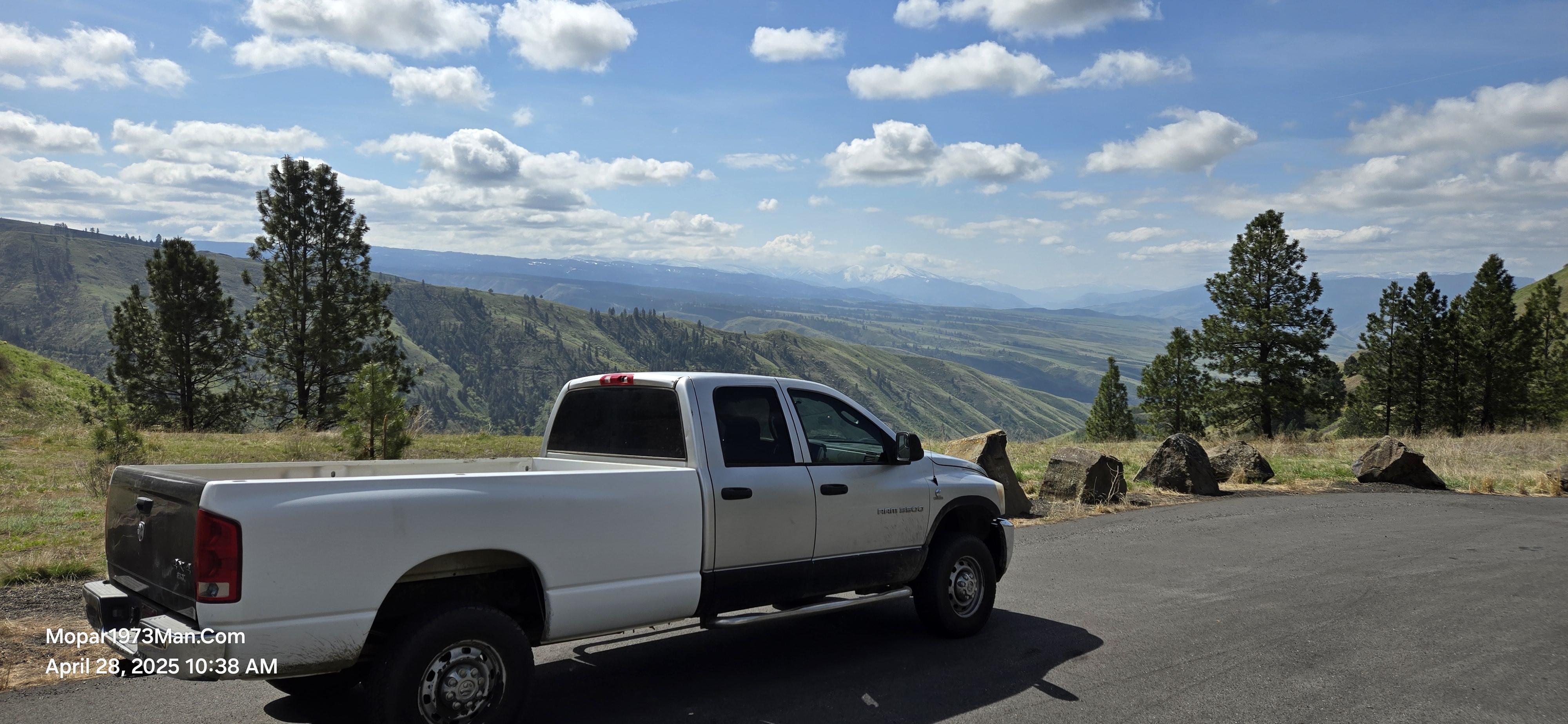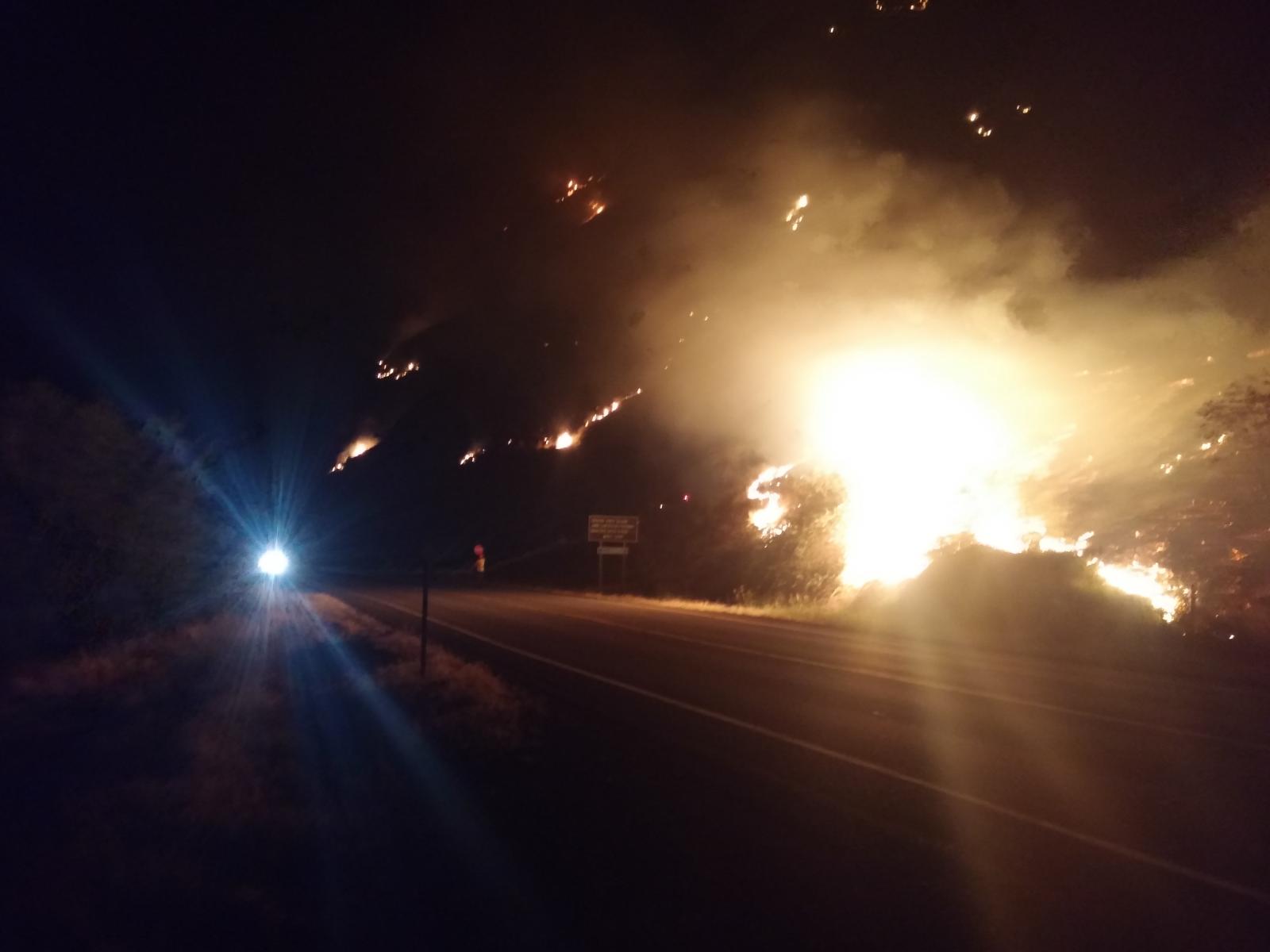
Everything posted by Mopar1973Man
-
edge juice trans temp vs stock trans temp
Stock trans sensor is in the pan part of the governor pressure sensor.
-
Something feels weird, VP44
Still not right... With so many dealers out there selling VP44's with new PSG units. Why would you pay for VP44 with a "used PSG" that is even bit more more in price than a VP44 with "new PSG" for less. Kind of like the same game with suspension parts. Everyone buys Moog parts because of the name not knowing its nothing more that foreign made parts now. What I getting at you have to take it upon yourself to find the source manufacturing and research where its made and how it made any more. Like I know that Diesel Auto Power sell two different rebuilders of injection pump. It's either Midwest Injection or Industrial Injection. I know the Midwest has the lowest price but little bit troublesome when it comes to warranty claims. Where Industrial Injection is a bit more in price but warranty cliams seem to be smoother in handling. (Personal opinion).
-
Steering Gear Adjustment
If I had access to the 2001 Dodge I just finished this spring I could tell you. I don't remember.
-
Smarty and boost vs throttle(where is Mike)
@pepsi71ocean there is running large injectors and has poor boost to fuel control on the current smart. It's been a constant battle of attempting to either clear up smoke or gain the power back. I still say it would be best for him to drop the smarty and got to Edge or Quadzilla with much better boost to fuel control.
-
Steering Gear Adjustment
I've just done full replacement of the control arms so far. You are going to need to create a jig for beating them out then beat the new bushings in. Best yet, a nice shop press.
-
NV4500 Maintenance
Magnet is on the PTO cover on one side. Just pull covers off and wipe it clean. Pretty simple.
-
Torque Converter Lock / Unlock Issues
Won't make a bit of difference. I've seen guys now spend huge money of dealer alternators and new alternators but this does NOT promise a high quality alternator. I've seen in both cases of dealer and new alternators of guys get up to 5 alternators in a row that were all bad in the box. You could spend big money on the oversized alternator. Like National Alternators I don't have enough information of life span on these yet.
-
Torque Converter Lock / Unlock Issues
Actually, All vehicles are having problems with the AC noise it just manifests in different ways. Like our truck in torque converter lockup. Other vehicles might have cluster issues, cruise control issues, the list goes on. The problem is most people don't consider the alternator as a source of problems. All of today's vehicles have computers, all of them have alternators, so any of them can have AC noise issues... Again they manifests in different ways or failures.
-
Truck coolant leak need repair shop Attleborough Ma vicinity
Sorry, I don't see a water pump worth $195 and only gives 1 year warranty. I'm not a huge fan of Cummins parts being most of the time Cummins parts are way over priced and fail just the same as part store part.
-
Gun Range Fire
Some one was being really smart and went up to the gun range and was target practicing with tracer rounds in his magazine. Needless to say there is now a new forest fire for the area. It will be named the Gun Range Fire.
-
Truck coolant leak need repair shop Attleborough Ma vicinity
not too bad 5gen for all that...
-
Truck coolant leak need repair shop Attleborough Ma vicinity
Holy cow... I can buy a new water pump for 47 bucks right now at NAPA. If your near me I'd gladly install it for nothing.
-
Oh no ..... not another AC thread !
Napa heater core and evaporator. No issues.
-
Crappy Morning...
I'll take a picture of the rod and valve.
-
Torque Converter Lock / Unlock Issues
Typically it is the alternator. Both of my trucks are completely unmolested for ground wiring. Always the alternator that is bad.
-
Hillary Guilty?!
There is tons of Hillary videos out there. Like the ones of her seizures. There is a video of Clinton Cash which explains the Clinton foundation and how they got rich.
-
Crappy Morning...
No.. The entire rod came out of the knife valve completely. Just a little hole where the rod came out of.
-
Crappy Morning...
I normally leave all valves open so the rubber seal can relax for the entire winter time. This also allows the tanks to dry out and so the scum to possibly fall from the wall next time used.
-
Crappy Morning...
Ugh... The valve is all the way on the passenger side of the RV and the handle is on the driver side. Then all the screws were rusted in the bottom. So about 3 or 4 screws I had to grind the heads off to get the belly pan down. Then I was barely able to reach the 4 bolts and nuts. Then the two pipe flanges barely had enough room pulling on it to get the valve out. Then putting in back in place I had to reach in and single handed and stretch the rubber seals on the flanges. Then once the seal in place try and pull the pipe careful back and stick the between without knocking the seals off. What a pain in the rear. It back in place for now I'm going to dump 5-10 gallons of water in the tank and check for leaks. The valve was fairly cheap at 19 dollars and not really a tough job normally but when you force to work it single handed makes it tough.
-
Something feels weird, VP44
Just I've hear different people say different things about warranty issue. The only reason I won't buy a "Blue Chip" pump is because of the price and the fact they re-use the PSG instead of replacing it. If you buy a "Blue Chip" pump that is with a new PSG then you pay dearly for that pump. To compete price wise? Here... DAP is way cheap with the same warranty and even a NEW PSG installed... http://dieselautopower.com/bosch-027-vp44-fuel-injection-pump-standard-output-235hp-wire-tap-voids-2-year-warranty-vp44027/ Again Vulcan Performance... New PSG and cheaper price than BC. http://www.vulcanperformance.com/Bosch-VP44-p/vp44.htm
-
Crappy Morning...
This morning I'm bring the RV over to the guest house to dump the waste tanks. Everyone knows you start with your black tank then switch to the grey tank(s) after the black is emptied. Right off the bat I pull the rod completely out of the black tank knife valve. (Oh Flippin' Great!) I'm off to New Meadows, ID to pick up a new valve and install it. At least I had the luck of the draw and the valve opened and dumped. Instead of yanking the rod out without dumping. (Ewwww! that would be nasty!). Just another adventure of turning wrenches I guess.... Also got to check the wheel bearing I've got one creating a squeak now... Not a good sign...
-
to buy or not to buy.
I would say so at $41k for asking price. I would be looking up all the damaged parts and labor rates for the repair of said problems then create a counter bill against the dealers asking price. Then get him to come down.
-
HELP!!!! 2000 Dodge SC/LB No Start, No Prime, New Lift Pump
That is correct but showing a marginal alternator. Should be reading more so below 0.03 AC volts. Normal - 0.01 to 0.03 Marginal 0.05 - Some report random and strange issues at this point. Fail 0.1 and above.
-
Drum brake adjustment
The whole valve thing was only for a few years then I know like 2002 does not have it at all. So it was a idea that was short lived and soon forgotten.
-
Something feels weird, VP44
The only way to verify if it fixed electronically is to have it bench tested on Bosch 815 test stand which is at least 3 hours from start to end. Last that I know that Blue Chip does not have Bosch 815 test stand.




